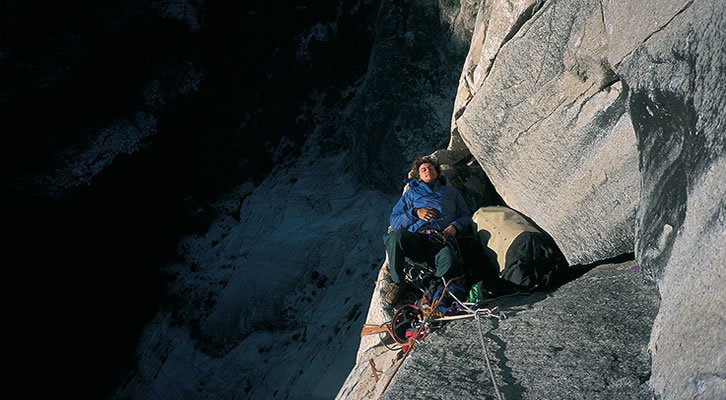
The design of experience
Brands are often asked the question: “How do you design your products?” The answer they won’t normally give you – but which is all too often the case – is: “On the basis of what we think we can sell.”
In the vast majority of cases, products are developed for the simple reason that their manufacturer needs something new to sell more of. This is not being cynical; it is the reality of being in business.
The standard corporate scenario goes like this. A product manager (PM), responsible for range X, will be given a target of Y % growth, or $ Z of turnover, or similar. The PM will assess the current styles, and identify the good (keep), the bad (replace), and the so-so (improve). He will be assisted in this process by a highly vocal sales team. The PM then draws up a list of proposed new models, and prepares a design brief outlining their characteristics, and identifying important parameters such as target price. This list of new products, however, is basically a re-hash of the old.
The brief then goes to the Design department, whose members work closely with the PM and the factory. If the product is a very technical item, or strategically important from a marketing perspective (something that applies to just about all mountaineering products), then sponsored athletes are introduced into the process, to explain what they want, try out prototypes, and give feedback. Well, that is the theory. What definitely happens are large meetings, at which representatives of various departments – Design, Sales, Marketing – argue about the merits of the color, price, and story of each product, until some kind of agreement is reached. These meetings are often messy.
The fact is, if you've been making backpacks for thirty years, you aren't “designing” a new one every year. You are just changing the features, fabrics, colors, style lines etc. to meet a commercial goal. Although it is fair to say that most brands have expertise in the design and manufacture of their products (after all, most started in a similar way to crux), many have lost that innate understanding of how and why the products have evolved and the relevance of this to the end use. They now merely pursue a philosophy of superficial change for superficial change’s sake.
Crux believes there is an inherent inertia in design of this kind. It is design the way it has always been done; design that produces more of the same. Anything “new” is hyped out of all proportion to its significance. The new products aren't really any better than the old ones (and often times they are worse).
The crux way is different.
For seven years, Carol (the owner) did nothing but climb, heading out on several expeditions a year all around the globe. He struggled up big routes, generally suffered a lot, but stayed alive. He is no stranger to the cold, to altitude, to bivouacs, or to the shortcomings of gear. Like any serious mountaineer, he sought to make his equipment work better, not necessarily for more comfort, but just to be able to climb either a little quicker or safer.
Carol started crux because the products he wanted to use in the mountains were basically no longer available. Simple, tough backpacks. Waterproof down sleeping bags. Strong, light tents. He had extensive first-hand experience of what worked and what didn't.
Carol is also an engineer – a chemical and materials engineer to be precise. He understands the fundamentals and mechanics of fabrics and metals very well, often better than the sales representatives selling said items to him. He chooses crux fabrics and components entirely on the basis of functionality and performance, and with no regard for commercial relationships or brand names.
Crux products are the result of looking at an end-use problem and finding a design solution, drawing upon our own personal experience and expertise. We have no illusion about “perfect” solutions: design is invariably a balancing act (and sometimes a compromise), whatever the industry.
Being a small company gives you a precious independence, but requires a healthy dose of self-confidence. Every crux design has gone into production without a single order on the books. Some products take a year to even make it onto the website, or into the dealers’ workbook, after arriving in our warehouse. Our passion is solving the problem and creating the product. Our gratification is happy customers.
